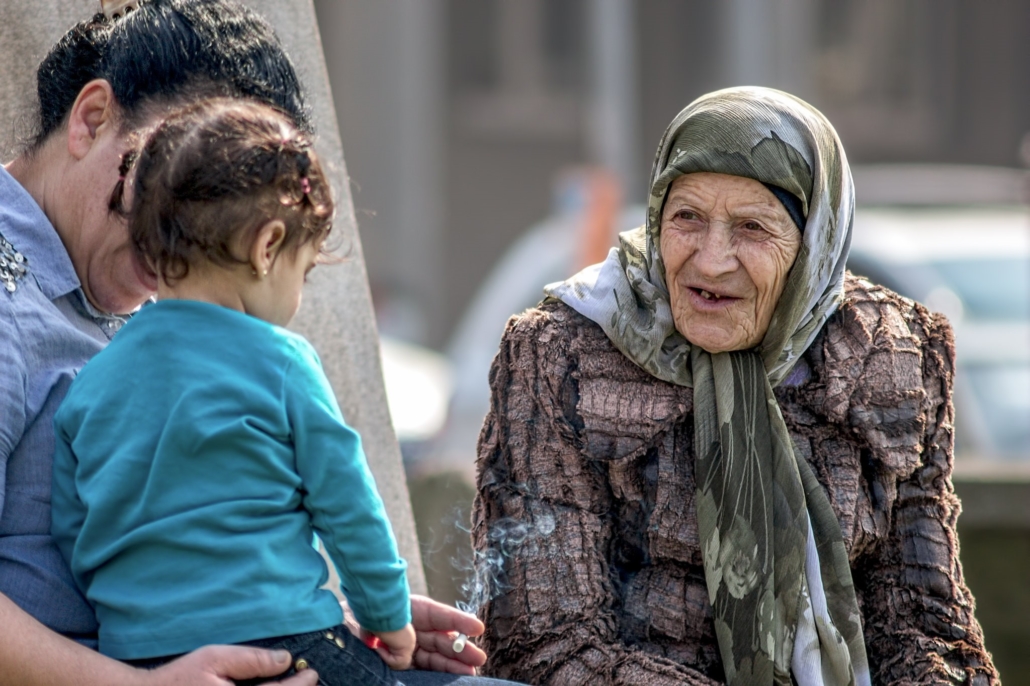 Andorra, one of Europe’s smallest and oldest countries, does not boast full European Union membership. Instead, sandwiched between Spain and France’s 11,000 foot high Pyrenees borders, Andorra relies on integrating relations with the two countries. Yet, as Andorra’s economy and demographics differ greatly from most of the European Union, Andorra has a unique agreement with the body of countries. Unfortunately, lacking full E.U. membership and the benefits this includes, Andorra has faced struggles with their COVID-19 response.
Andorra, one of Europe’s smallest and oldest countries, does not boast full European Union membership. Instead, sandwiched between Spain and France’s 11,000 foot high Pyrenees borders, Andorra relies on integrating relations with the two countries. Yet, as Andorra’s economy and demographics differ greatly from most of the European Union, Andorra has a unique agreement with the body of countries. Unfortunately, lacking full E.U. membership and the benefits this includes, Andorra has faced struggles with their COVID-19 response.
A Unique Agreement With the European Union
As evidenced by the recent Brexit controversy, E.U. membership comes with positive and negative aspects. Entry challenges proved a significant hurdle for Andorra; therefore, it initially did not join the union. Only after the 2008 recession did Andorra arrange a special agreement with the European Union, like other European micro-states.
Due to tourism, the country’s main economic draw, and Andorra’s location on a map, some economic realities have been unavoidable. After 2008, Andorra began using the Euro and entered trade agreements slashing tariffs. However, unlike the rest of Europe, Andorra continued to restrict individual taxes. This branded the small country as a hot spot for tax evasion. This caveat kept Andorra afloat but alienated the country from the rest of Europe. Due to international pressure in 2011, the country began moving towards international tax standards.
Even though it lacks full European Union membership, Andorra still retains membership in the United Nations, the Council of Europe and the Organization for Security and Cooperation in Europe.
Does Andorra qualify for European Union aid?
Full European Union member countries qualify for aid programs. The European Union, like most international institutions, provided large amounts of COVID-19 aid–37 billion Euros in the initial program to be exact. Individual countries qualify for an additional 100 billion from the E.U. for employment assistance.
However, Andorra’s partial membership benefits to the European Union are limited to:
- The customs union, which is a group of countries that have agreed to charge the same import duties as each other and allow free trade between themselves.
- Tariff exemption to void taxes imposed by a government on goods and services imported from countries outside of the European Union.
- Euro use for stable and standardized currency.
- Access to name and tax databases.
COVID-19 in Andorra
As Andorra’s place in the European Union is unclear, so is its ability to receive COVID-19 aid. It appears that Andorra cannot and has not accessed any European Union COVID-19 aid. As neighboring Spain and France have done, Andorra implemented specific travel limitations. Uniquely, its rules included odd and even-numbered homes taking turns with short exercise periods.
Poverty in Andorra
The tough situation created by COVID-19 shutdowns and the ambiguous nature of Andorra’s relationship with the European Union have left the country exposed to further poverty. Unlike countries with widespread extreme poverty, Andorra’s poverty is specific to immigrant labor unemployment during tourism lulls and the housing crisis. Both of which, when paired with COVID-19, have the potential to drastically increase Andorra’s 4% poverty rate.
As of now, Andorra continues to encounter additional struggles with their COVID-19 response. As the post-2008 trend of strengthening relationships between Andorra and the E.U. continues, more poverty prevention aid will hopefully find its way to this small, land-locked country.
– Rory Davis
Photo: Flickr
 The Czech Republic is a country cradled in Central Europe and is a member of the European Union. Despite its membership in the EU, the Czech Republic opted out of adopting the Euro in favor of keeping its own currency, the Koruna (CZK). Formerly a communist country in the Soviet Bloc, the Czech Republic adopted democratic market-oriented policies following the Velvet Revolution in 1989. With this shift toward free markets and an industrial economy, the Czech Republic experienced a credit boom in the early to mid-1990s. Unfortunately for Czech households, with rising credit comes
The Czech Republic is a country cradled in Central Europe and is a member of the European Union. Despite its membership in the EU, the Czech Republic opted out of adopting the Euro in favor of keeping its own currency, the Koruna (CZK). Formerly a communist country in the Soviet Bloc, the Czech Republic adopted democratic market-oriented policies following the Velvet Revolution in 1989. With this shift toward free markets and an industrial economy, the Czech Republic experienced a credit boom in the early to mid-1990s. Unfortunately for Czech households, with rising credit comes  With over 1,000 islands and 3,600 miles of coastline, Croatia is the perfect tourist getaway. After facing devastating wars, Croatia has turned to tourism to boost its economy. Croatia’s beaches and national parks have become notable tourist attractions. In fact, 19.6% of the country’s GDP depends on tourism. The combination of
With over 1,000 islands and 3,600 miles of coastline, Croatia is the perfect tourist getaway. After facing devastating wars, Croatia has turned to tourism to boost its economy. Croatia’s beaches and national parks have become notable tourist attractions. In fact, 19.6% of the country’s GDP depends on tourism. The combination of 
 In 2019, the EU youth unemployment rate was at its lowest point in the last 10 years. More than
In 2019, the EU youth unemployment rate was at its lowest point in the last 10 years. More than  The European Union (EU), comprised of its 27 member states, is the biggest economy in the world. As such, the EU is the biggest exporter and importer of goods and services provided by third parties (non-union members). On the other end of the spectrum, the world’s Least Developed Countries (LDCs) account for only 2% of the global economy and only 1% of global trade in goods and services. The EU’s social policies have
The European Union (EU), comprised of its 27 member states, is the biggest economy in the world. As such, the EU is the biggest exporter and importer of goods and services provided by third parties (non-union members). On the other end of the spectrum, the world’s Least Developed Countries (LDCs) account for only 2% of the global economy and only 1% of global trade in goods and services. The EU’s social policies have  Each decade the European Union (EU) establishes an agenda to achieve goals for growth and social well-being. For the previous decade, the EU strategy focused on “smart, sustainable
Each decade the European Union (EU) establishes an agenda to achieve goals for growth and social well-being. For the previous decade, the EU strategy focused on “smart, sustainable  Although the poverty rate in Uzbekistan is only 14 percent, the standard of living and GDP per capita are low. The government of Uzbekistan has partnered with the World Bank to undertake a massive economic transformation. It hopes to develop its economy, spur investment and improve livelihoods. The government is improving infrastructure efficiency and social services to achieve high-middle-income status for its residents by 2030. This is a part of the development strategy called Uzbekistan Vision 2030. The World Bank, International Finance Corporation, Asian Development Bank and the European Union have worked cooperatively to facilitate Uzbekistan’s economic transformation.
Although the poverty rate in Uzbekistan is only 14 percent, the standard of living and GDP per capita are low. The government of Uzbekistan has partnered with the World Bank to undertake a massive economic transformation. It hopes to develop its economy, spur investment and improve livelihoods. The government is improving infrastructure efficiency and social services to achieve high-middle-income status for its residents by 2030. This is a part of the development strategy called Uzbekistan Vision 2030. The World Bank, International Finance Corporation, Asian Development Bank and the European Union have worked cooperatively to facilitate Uzbekistan’s economic transformation. The Spanish education system does not match up to the standards of the rest of Europe or other developed nations. However, the government is doing its best to put measures in place aimed at improving these standards. Below are eight facts about education in Spain:
The Spanish education system does not match up to the standards of the rest of Europe or other developed nations. However, the government is doing its best to put measures in place aimed at improving these standards. Below are eight facts about education in Spain:
